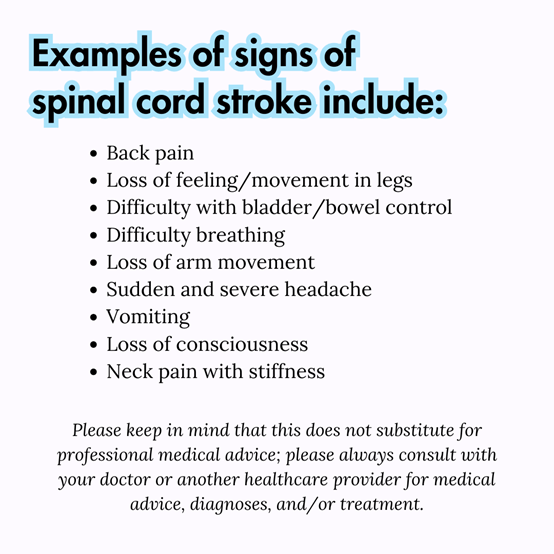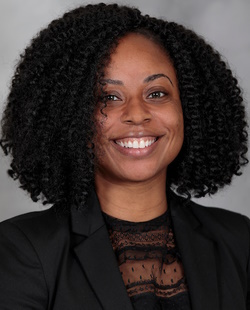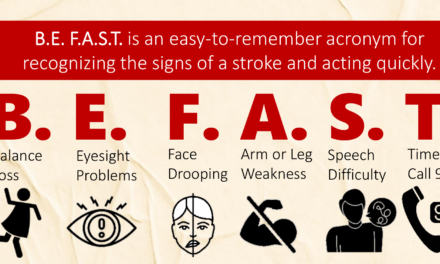Author: Mesha Martinez, MD
Disclaimer: This article is for educational purposes only and does not substitute for professional medical advice. Consult your doctor or another healthcare provider if you or your child needs medical advice, diagnoses, or treatment.
Did you know that, like the brain, a child can experience a stroke in their spinal cord? The basic types of stroke in the brain and spinal cord are similar, since the brain and the spine both have nerve tissue that is supplied by arteries.

The spinal cord, while not as complex as the brain, is important for many body functions. It helps us feel senses like heat, cold, and vibrations, movements, walking, and gives us spatial awareness. Sometimes, a child can have a sudden stroke in the spinal cord. This can happen when not enough blood reaches the spinal cord tissue (ischemic stroke) or when there’s bleeding inside or around the spinal cord (hemorrhagic stroke).
Let’s explore further by looking at two cases:
- A 17-year-old boy recently started playing a new sport called spike ball. One day he felt a sudden pop in his back while playing. Right away, he felt intense pain in his back and couldn’t feel or move his legs. His parents took him to the emergency room. An MRI of his neck and upper back showed a spinal cord infarct in the region supplied by one of the major arteries to the spinal cord (the anterior spinal artery).
- A 15-year-old girl started complaining to her mom about severe back pain, headache, and neck stiffness. She said the headache was the worst she had ever felt and her legs were too weak to stand. Her parents took her to the emergency room after she began vomiting. An MRI of her neck and upper back showed blood from an arteriovenous malformation (AVM) in her spinal cord.
A spinal cord stroke is rare and can be hard to diagnose. This condition happens in both boys and girls. Children can be healthy before symptoms show. Kids with an ischemic stroke, like the boy in the first case, notice symptoms between 13 and 15 years old. Meanwhile, those with a stroke due to abnormal blood vessels (a vascular malformation) can show signs at any age, like the girl. Some kids have a genetic condition that makes their blood vessels abnormal, raising the risk of bleeding and having symptoms show at a younger age.
 The usual signs of spinal cord stroke are back pain and a loss of feeling and movement in both legs. Some might also have problems controlling their bladder and bowels. Depending on the location in the spinal cord, difficulty breathing or loss of arm movement can happen. When there is bleeding from abnormal vessels around the spinal cord, symptoms are similar to what happens when one has a brain bleed. Children may experience a sudden and severe headache, vomiting (sometimes without feeling nausea), loss of consciousness, and/or neck pain with stiffness. Please keep in mind that this does not substitute for professional medical advice; please always consult with your doctor or another healthcare provider for medical advice, diagnoses, and/or treatment.
The usual signs of spinal cord stroke are back pain and a loss of feeling and movement in both legs. Some might also have problems controlling their bladder and bowels. Depending on the location in the spinal cord, difficulty breathing or loss of arm movement can happen. When there is bleeding from abnormal vessels around the spinal cord, symptoms are similar to what happens when one has a brain bleed. Children may experience a sudden and severe headache, vomiting (sometimes without feeling nausea), loss of consciousness, and/or neck pain with stiffness. Please keep in mind that this does not substitute for professional medical advice; please always consult with your doctor or another healthcare provider for medical advice, diagnoses, and/or treatment.
If a child has any of these symptoms, it is crucial to get them to the hospital quickly, just like with a brain stroke. Doctors should be aware of spinal stroke symptoms to diagnose it. Immediate actions include an urgent MRI of the spine and consulting a neurologist. Sudden onset symptoms require testing. Importantly, doctors should never assume unusual symptoms are due to faking, stress, or anxiety.
With MRI, doctors can often spot abnormalities in the spinal cord. However, with decreased blood flow to the spinal cord, like in an ischemic stroke, early MRI images may be normal. To catch early changes, more hospitals are using a special MRI scan called diffusion-weighted imaging. For those with bleeding in or around the spinal cord, a standard MRI can show if there is blood. When there is bleeding, doctors will stop any blood-thinning medications the patient is on and may give treatment to slow the bleeding.
The next step is to consult a neurointerventional radiologist. These are specially trained doctors who use contrast while taking X-rays to create a video of blood flow to the spinal cord (spinal angiogram). This helps find abnormal vessels so the doctor can recommend treatment.
Treatment options are limited in cases of ischemic spinal cord stroke, where blood flow is slowed or stopped in one of the arteries to the cord. We often do not find a specific cause for this type of stroke. Aspirin or other medicines help make the blood thinner, which might increase blood flow to the spinal cord if the problem is a blood clot in an artery to the spinal cord. If the MRI shows an ischemic spine stroke and the child has no contraindications, aspirin can be started
If a patient has a spinal cord stroke due to abnormal bleeding, we ae more likely to find the cause. A spinal angiogram may show abnormal vessels in or around the spinal cord that have bled. Abnormal vessels of the spinal cord are called vascular malformations. These can be present from birth. They often bleed due to a higher flow through the vessels causing the formation of an aneurysm, or weakness in the vessel walls. When bleeding from a malformation occurs outside the spinal cord, it can lead to blood in the space containing cerebrospinal fluid around the spine (subarachnoid space). This blood can go into the brain and cause symptoms like a severe headache and neck stiffness.
Vascular malformations can be treated in three ways. We can use a device to travel inside the vessels to fix them. Surgery is a second option where we open the spine to repair or remove the abnormal vessels. The third way is radiosurgery, where we use radiation to close or destroy the abnormal vessels. A versatile team should direct the treatment. The team taking care of this condition can include radiologists, neurosurgeons, radiation oncologists, and neurointerventionalists who have experience treating and diagnosing these lesions.
For patients going through spinal cord stroke or similar symptoms, rehabilitation is also an important part of the treatment plan. Children will often need occupational and physical therapy if they have weakness. They may also need the guidance of an experienced pediatric rehabilitation medicine specialist to manage the effects of the spinal cord injury on bowel and bladder function. Even though spinal cord stroke is rare in children, pediatric rehabilitation programs may have helpful experience caring for children with spinal cord injury from trauma.
About the Author

Dr. Mesha Martinez
Associate Professor of Radiology
Dr. Mesha Martinez is a pediatric radiologist with specialized training in both adult and pediatric neurointerventions. Currently based in Texas, she is developing a comprehensive adult and pediatric neurointerventional radiology program at Texas Children’s Hospital/Baylor in Austin. Dr. Martinez is deeply committed to pediatric neurointerventions, patient advocacy, and addressing healthcare disparities. You can reach her at:
Email: mxmart44@texaschildrens.org
Medical Editors: Kevin O’Connor, MD
Junior Editor: Jalaia Jackson





